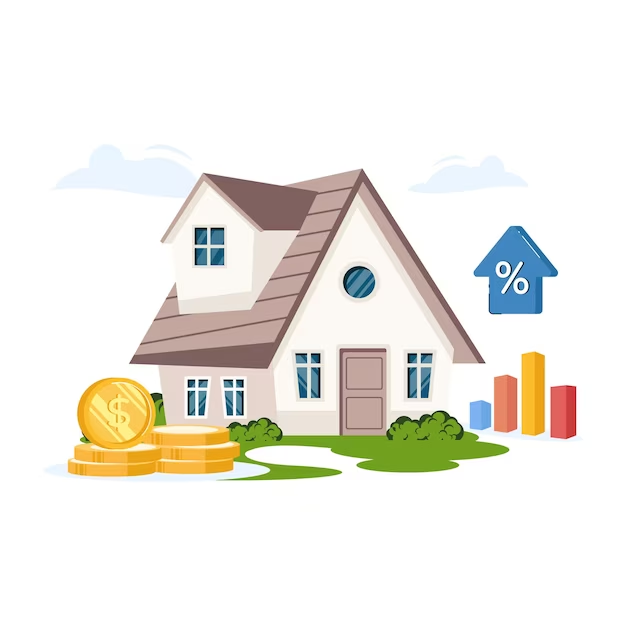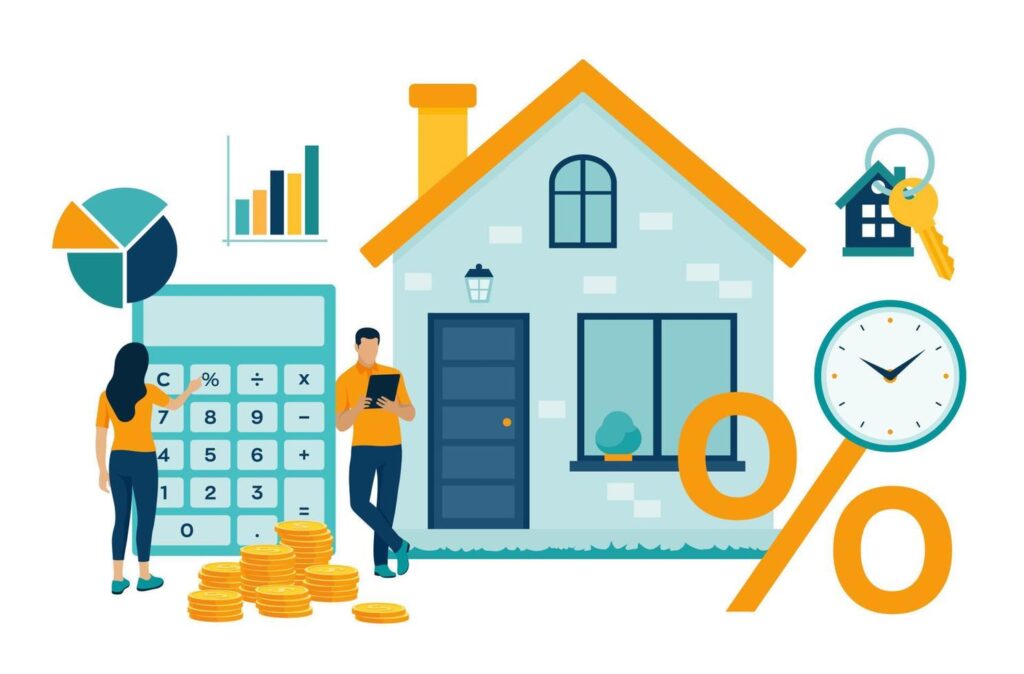
Do you wish to own a home one day? You, like many, also want to have a place they can call their own. But it’s highly unlikely you’re going to be able to pay out of pocket. Unless, of course, you have $533,000 sitting around in your savings account. If you’re looking to buy your first home, then you might have heard of a home loan, or more commonly called, a mortgage. Mortgages allow homebuyers to pay for their house over a long period of time with interest added on top. There are many types of mortgages with varying lengths, interest rates, and conditions. In this blog, we’re going to explain the different types of mortgages, how to possibly lower your interest rates in the future through a process called “refinancing”, and how interest rates vary between different loans.
What’s a mortgage, and why do we need them?
When choosing a mortgage, the most common types of loans are 15 and 30-year loans. It is important for future homeowners to understand the distinction between both loans so that they know what type of loan best suits their needs. The right decision differs from person to person; and is based on their income, financing, and long-term housing plans. Generally, a 15-year loan comes with a lower interest rate, which allows you to pay your home off faster.
However, that means that there will be higher monthly payments. Someone who would benefit from this is a person who has a job that provides them with a high, stable income because they can not only pay off their house faster but also save on interest. For individuals who would like more flexibility, and might not have the finances to pay off such a high monthly payment, they’d benefit from a 30-year loan. For example, a student homeowner would benefit from this loan because they likely have less income, and this not only makes their month-to-month payments more affordable but also gives them more freedom and flexibility to spend their income on other expenses such as tuition.

Different types of Mortgages
There are many ways to go about financing a home and there are different loan types to choose from based on your needs. A few examples of common ones are HELOC loans/HELOC as a line of credit, VA Loans, and Adjustable Rate Mortgages to name a few. A HELOC loan (Home Equity Line of Credit) is a line of revolving credit where homeowners borrow money, using the the equity in their home, similar to a credit card, with a variable interest rate. HELOC has a variety of benefits. The loan can be taken out for periods of 5-15 years, only makes you pay for what you used, and can be used for everything from home improvement to funding your child’s college education, or even a vacation if you choose. Though, as with any loan, it must be paid back within the same number of years that it was used.
An Adjustable-Rate Mortgage (ARM) is a home loan with an interest rate that changes in response to market conditions, matching the current market rates. These often start with a lower fixed rate – compared to a fixed loan – for a set period before adjusting at regular intervals; commonly being annual, or semi-annual (every 6 months). Adjustable-rate mortgages are also a great option for homeowners looking to sell or refinance their home soon. A VA Home Loan is a mortgage program backed by the U.S. Department of Veterans Affairs, aimed at helping military service members, veterans, and their families purchase homes with benefits like no down payment and competitive interest rates. Another great feature is that these loans offer lower credit standards for approval, making this another great option for first-time home buyers who would have difficulty securing financing through typical channels.
Refinancing Mortgage
In the state of Utah refinance mortgage rates as of February 5, 2025 range from 5.490% to 6.69% depending on the type of loan and the length of the term. Refinancing your home loan can be a powerful financial move, but it’s important to understand the process and consider if it aligns with your financial goals long term. For homeowners in Utah, refinancing has several benefits to offer, but it also comes with some considerations to weigh into your decision. One of the more popular advantages of refinancing is to secure a lower interest rate, which over the life of the loan could save thousands. Refinancing may also lower monthly mortgage payments, either by reducing the interest rate or by extending the term of the loan.
Additionally, if you’ve built up equity in your home, a cash-out refinance or a home equity loan are two viable options to access that equity. A cash-out refinance allows you to pay off your old mortgage in exchange for a new one, ideally, it would be at a lower interest rate. A home equity loan exchanges the equity you’ve built up in your home with cash. The home equity loan is a separate loan that has its own set of requirements and interest rates. While refinancing has some great advantages it does have its drawbacks. Refinancing may extend your loan term, potentially resulting in paying more in interest throughout the life of the loan. A cash-out loan holds its own risks of over-borrowing, increasing your financial risk.

Interest Rates
As of 2025, 30-year fixed mortgages (6.49%) in Utah have a higher rate than 15-year fixed mortgages (5.625%) because lenders take more risk by lending money for a longer period. The 5-year ARM (6.93%) and 5/1 ARM (6.75%) tend to have a lower rate but may increase over time due to market fluctuations. The conventional fixed mortgage (5.500%) has a lower rate than the Federal Housing Administration (FHA) fixed mortgage (5.875%) because FHA loans are designed for borrowers who either have lower credit scores or smaller down payments. In essence, mortgage rates vary due to several factors including loan length, risk factors, and market conditions.
Mortgages Summary
We hope that after reading this blog post you feel more confident about navigating finding the mortgage that’s right for you. Whether you’re deciding between a 15-year or 30-year loan, choosing to refinance your home in the future, or are a veteran who takes advantage of the highly cost-effective VA loan, feel free to return to this guide or any other sources we have on our site.




